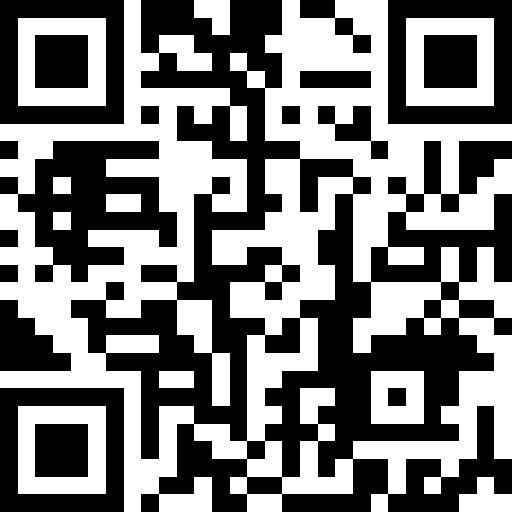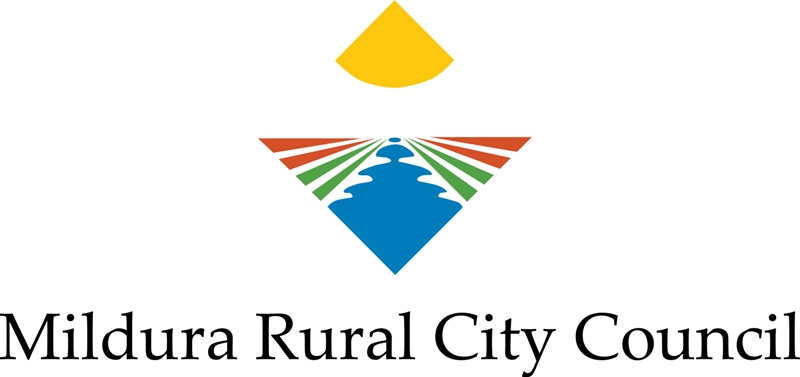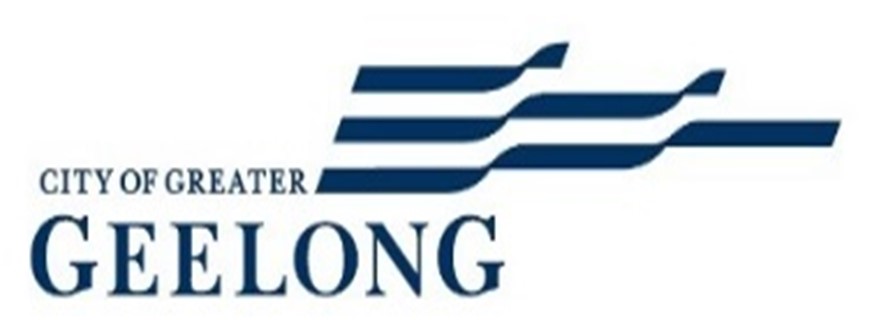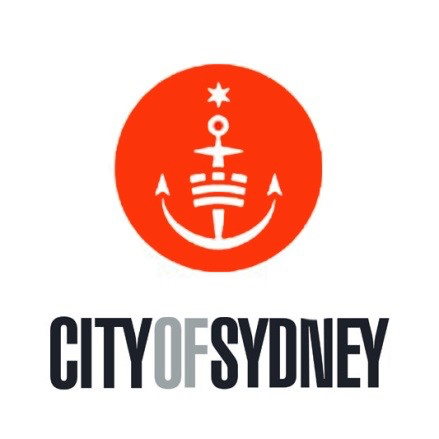Information
-
Establishment
-
Address
-
Conducted on
-
Prepared by
-
Person in Charge
-
Food Safety Manager
-
Food Safety Manager Certification Expiration Date
Foodborne Illness Risk Factors and Public Health Interventions
Foodborne Illness Risk Factors and Public Health Interventions
-
1- Person in charge, demonstrates knowledge, and performs duties
-
Corrected On-site
-
Repeat
-
2- Management awareness policy present
-
Corrected On-site
-
Repeat
-
3- Proper use of reporting, restriction and exclusion
-
Corrected On-site
-
Repeat
-
4- Proper eating, tasting, drinking, or tobacco use
-
Corrected On-site
-
Repeat
-
5- No discharge from eyes, nose, and mouth
-
Corrected On-site
-
Repeat
-
6- Hands clean and properly washed
-
Corrected On-site
-
Repeat
-
7- No bare hand contact with ready-to-eat foods or approved alternate method properly followed
-
Corrected On-site
-
Repeat
-
8- Adequate handwashing facilities supplied and accessible
-
Corrected On-site
-
Repeat
-
9- Food obtained from approved source
-
Corrected On-site
-
Repeat
-
10- Food received at proper temperature
-
Corrected On-site
-
Repeat
-
11- Food in good condition, safe and unadulterated
-
Corrected On-site
-
Repeat
-
12- Required records available: shellstock tags, parasite destruction
-
Corrected On-site
-
Repeat
-
13- Food separated and protected
-
Corrected On-site
-
Repeat
-
14- Food contact surfaces: cleaned and sanitized
-
Corrected On-site
-
Repeat
-
15- Proper disposition of returned, previously served, reconditioned, and unsafe food
-
Corrected On-site
-
Repeat
-
16- Proper cooking time and temperatures
-
Corrected On-site
-
Repeat
-
17- Proper reheating procedures for hot holding
-
Corrected On-site
-
Repeat
-
18- Proper cooling time and temperatures
-
Corrected On-site
-
Repeat
-
19- Proper hot holding temperatures
-
Corrected On-site
-
Repeat
-
20- Proper cold holding temperatures
-
Corrected On-site
-
Repeat
-
21- Proper date marking and disposition
-
Corrected On-site
-
Repeat
-
22- Time as a public health control: procedures and records
-
Corrected On-site
-
Repeat
-
23- Consumer advisory provided for raw or undercooked foods
-
Corrected On-site
-
Repeat
-
24- Pasteurized foods used: prohibited foods not offered
-
Corrected On-site
-
Repeat
-
25- Food additives: approved and properly used
-
Corrected On-site
-
Repeat
-
26- Toxic substances properly identified, stored, used
-
Corrected On-site
-
Repeat
-
27- Compliance with variance,specialized process, and HACCP plan
-
Corrected On-site
-
Repeat
Good Retail Practices
-
28- Pasteurized eggs used where required
-
Corrected On-site
-
Repeat
-
29- Water and ice from an approved source
-
Corrected On-site
-
Repeat
-
30- Variance obtained for specialized processing methods
-
Corrected On-site
-
Repeat
-
31- Proper cooling methods used: adequate equipment for temperature control
-
Corrected On-site
-
Repeat
-
32- Plant food properly cooled for hot holding
-
Corrected On-site
-
Repeat
-
33- Approved thawing methods
-
Corrected On-site
-
Repeat
-
34- Thermometers provided and accurate
-
Corrected On-site
-
Repeat
-
35- Food properly labeled: original container
-
Corrected On-site
-
Repeat
-
36- insects, rodents, and animals not present
-
Corrected On-site
-
Repeat
-
37- Contamination prevented during food preparation, storage, and display
-
Corrected On-site
-
Repeat
-
38- Personal cleanliness
-
Corrected On-site
-
Repeat
-
39- Wiping cloths: properly used and stored
-
Corrected On-site
-
Repeat
-
40- Washing fruit and vegetables
-
Corrected On-site
-
Repeat
-
41- In-use utensils: properly stored
-
Corrected On-site
-
Repeat
-
42- Utensils, equipment, and linens: properly stored, dried, handled
-
Corrected On-site
-
Repeat
-
43- Single-use/single-service articles: properly stored, used
-
Corrected On-site
-
Repeat
-
44- Gloves used properly
-
Corrected On-site
-
Repeat
-
45- Food and non-food contact surfaces cleanable, properly designed, constructed
-
Corrected On-site
-
Repeat
-
46- Warewashing facilities; installed, maintained, used; test strips
-
Corrected On-site
-
Repeat
-
47- Non-food contact surfaces clean
-
Corrected On-site
-
Repeat
-
48- Hot and cold water available; adequate pressure
-
Corrected On-site
-
Repeat
-
49- Plumbing installed; proper backflow devices
-
Corrected On-site
-
Repeat
-
50- Sewage and wastewater properly disposed
-
Corrected On-site
-
Repeat
-
51- Toilet facilities: properly constructed, supplied, cleaned
-
Corrected On-site
-
Repeat
-
52- Garbage/refuse properly disposed; facilities maintained
-
Corrected On-site
-
Repeat
-
53- Physical facilities installed, maintained, and clean
-
Corrected On-site
-
Repeat
-
54- Adequate ventilation and lighting; designated areas use
-
Corrected On-site
-
Repeat
Comments and Signatures
-
Comments
-
Person in Charge
-
Inspector














